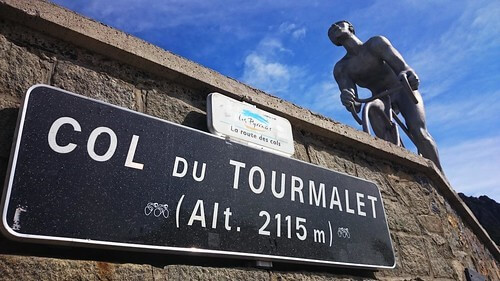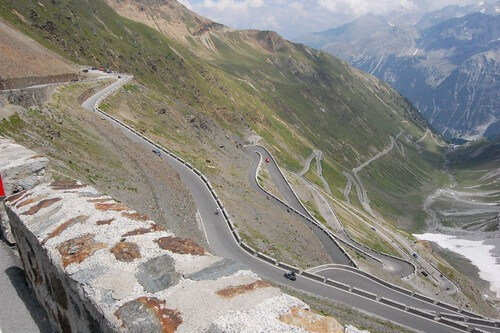The Toughest Climbs in Grand Tour Cycling
Cycling Grand Tours are amongst the toughest tests of endurance in all sport. There are three Grand Tour races: the Giro d'Italia, the Tour de France and La Vuelta a Espana. Each tour is spread over three weeks and covers a distance of around 3,500 kilometres (2,200 miles) with riders reaching speeds of up to 130kph (81mph) on the downhill sections.
But it is not just the distance and speed that makes these races so tough. In fact, the toughest part of each stage often comes when the cyclists are at their slowest: on the climbs. But which are the toughest climbs on the Grand Tours? We look at four of the most brutal.
Alto del Angliru – La Vega-Riosa, Spain
The Vuelta a Espana is the third and last Grand Tour of the season but it often one of the most gruelling. Held at one of the hottest times of the year, riders are pushed to their limits when they take on climbs such as the infamous Alto del Angliru in Asturias. The climb was first included in the race in 1999 and features gradients of up to 24% over its 12.5 kilometres (7.8 mi) length. The second half of the climb averages 13.1% across six kilometres. Spanish rider Alberto Contador famously conquered the climb in his final season on the tour.
Col du Tourmalet – Pyrenees, France
This climb has featured on both the Tour de France and the Vuelta a Espana. It can be approached from east or west, with both climbs boasting an average gradient of 7.4%. The western climb is slightly longer at 19.0 km (11.8 mi) and has a maximum gradient of 10.2%. No mountain pass has been included more often in the Tour de France (86). It will feature as the finishing point of the 14th stage of the 2019 Tour where Chris Froome is the early favourite in the cycling betting. It will be only the third time a Tour stage has finished at the summit rather than passed through.
Passo di Mortirolo – Alps, Italy
This 12.4 kilometres climb in the Alps has an average of 10.5% and a maximum gradient of 18%. Riders gain 1300m during the climb that usually begins in Mazzo di Valtellina, although it can be approached from other directions. It first featured in the Giro d'Italia in 1990 and has been included 13 times since. Riders who pass the summit first are awarded a prize known as the Cima Pantani in honour of Italian rider Marco Pantani who died in 2004. It featured in the 2019 Giro d'Italia when Giulio Ciccone was first to pass.
Passo dello Stelvio – Alps, Italy
The Passo dello Stelvio holds the honour of being the highest finishing point of any of the Grand Tours with an altitude of 2,757 m (9,045 ft). It first featured in the Giro in 1953 when Fausto Coppi saw off the challenge of Hugo Koblet to become the first rider to cross the pass. It has been used on 11 occasions since. It is often placed in the middle of a stage and can make or break riders chasing the coveted general classification trophy.
Honourable mentions also go to Monte Zoncolan, Mont Ventoux, Alpe d'Huez and the Col du Galibier.
839GYLCCC1992


 “
“ “
“
Leave a Reply